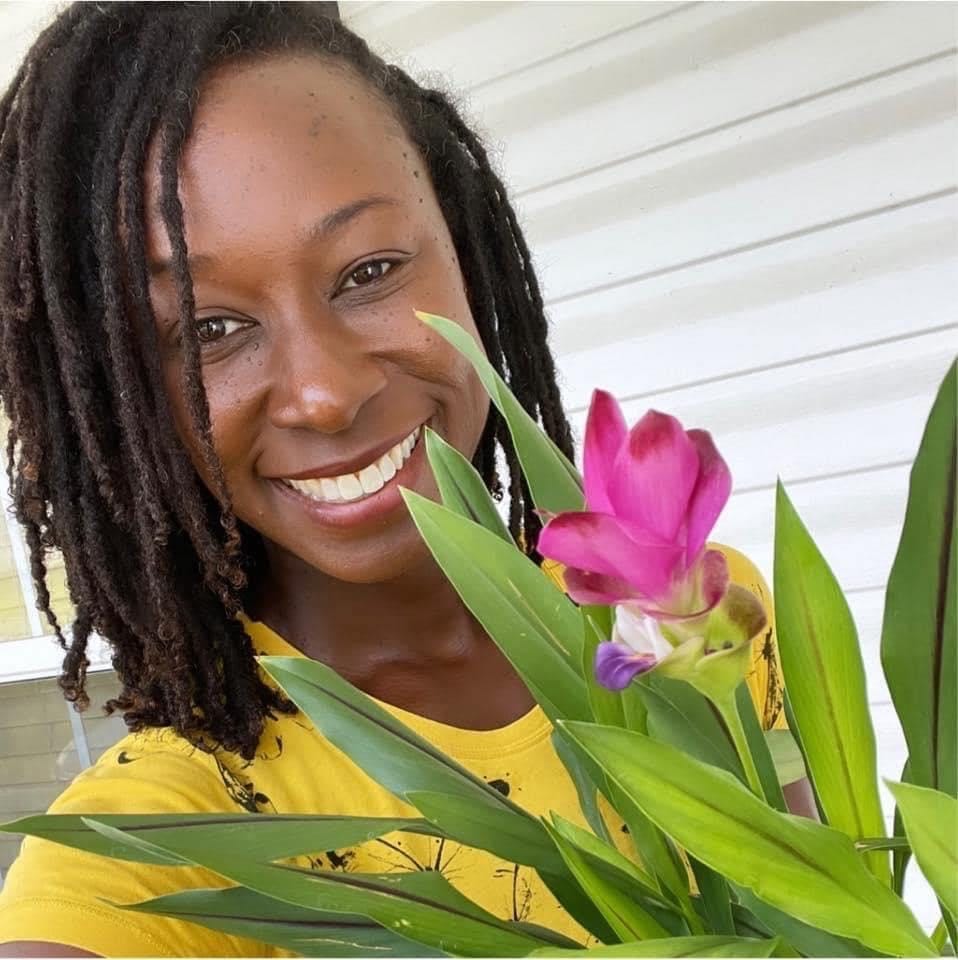No-dig gardening, sheet mulching with Janice Groves of @JaysGardenJournal
or "How to Eliminate Grass and Weeds and Save Your Body from Wear and Tear"

If you’re new here, welcome! If you enjoy reading The Weekly Dirt and want to support my work, please consider “buying me a coffee!”
Keep reading with a 7-day free trial
Subscribe to The Weekly Dirt with Jessica Damiano to keep reading this post and get 7 days of free access to the full post archives.


